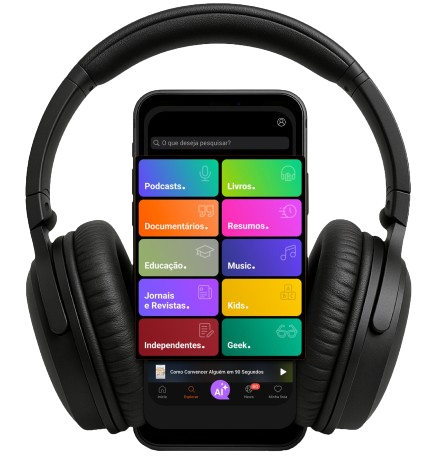Synopsis
A gluten free diet is one that does not include foods that contain the protein known as gluten. Gluten can be found in wheat, malts, rye, triticale, and barley. It is commonly used as an additive in foods to add more flavor, to thicken foods, to stabilize foods, and is often labeled as “dextrin”. A diet free from gluten is the only type of treatment that has been medically accepted for the condition of celiac disease, wheat allergies, and dermatitis herpetiformis.In some cases, a gluten free diet may not include oats. The medical community is not sure whether or not oats irritate celiac disease patients, or if they cause issues because of cross contamination in processing facilities.The phrase “gluten free” is used to indicate either a complete lack, or a miniscule amount of gluten. In most cases, gluten free means there is a harmless amount of the protein since a complete absence is unlikely. For the most part, consumption of fewer than 10mg of gluten on a daily basis is unlikely to cause any allergic reactions or problems in gluten sensitive patients.Starting on a gluten free diet does not have to be difficult, and you do not need to feel deprived. Some basic guidelines can help you through the process.The first step to switching your way of eating is to focus on foods you know you can have. These include vegetables and fruits, fruit juices, plain milk that has not flavored, unflavored teas, coffee beans, eggs, corn, potatoes, nuts, legumes, beans, oils, and meats and fish that are not coated, breaded, process, or marinated. You can also safely add herbs and spices, since these are quite flavorful and are completely gluten free.Although the above mentioned grains need to be avoided, there are some grains that are safe, and gluten free. These include: Montina, Rice, Teff, Amaranth, Sorghum, Buckwheat, Quinoa, Corn, and Soy (but not soy sauce that is made from wheat).There are also a variety of gluten free flours that can be used to make baked goods, food coatings, and other food products. This flour is made from gluten free grains that have been ground into flour, as well as nuts, beans, potatoes, and tapioca.Today, gluten free flour can easily be found in most supermarkets, as well as health food stores. Since the gluten free lifestyle is growing in popularity, there are also a number of gluten free baking mixes to make cakes, muffins, breads, cookies, and the like, as well as readymade gluten free food products such as bagels, pizza, and tortillas.Of course, let’s not forget about pasta. There is now a variety of gluten free pastas that are sold in many food markets that are made from buckwheat, corn, rice, and quinoa. Noodles are also commonly made from buckwheat and are quite safe for gluten free dieters.



